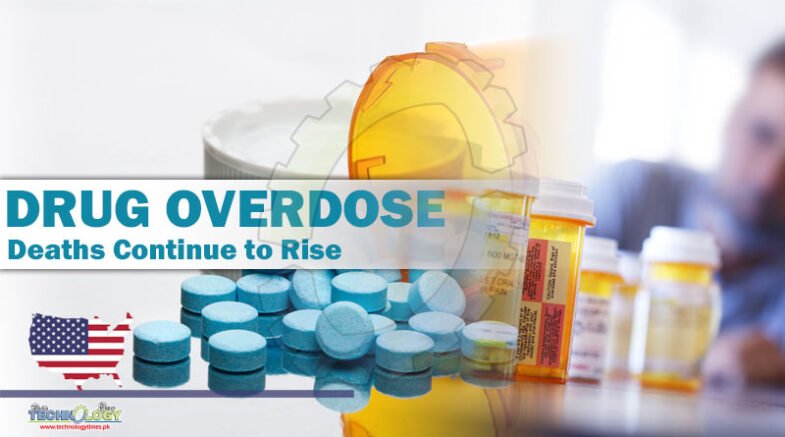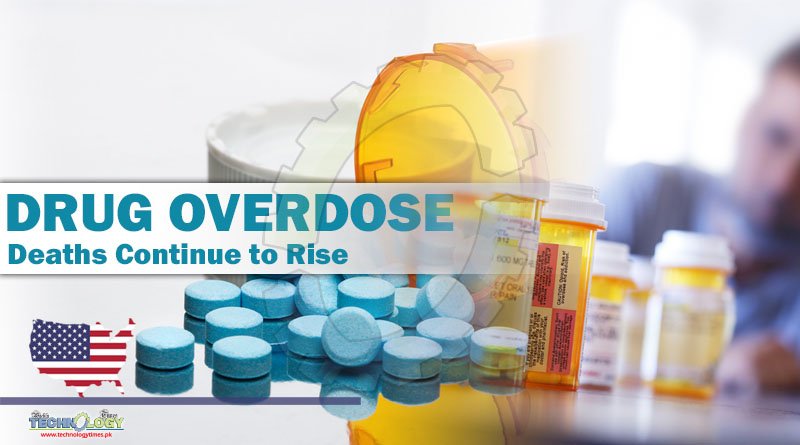In 2020, nearly 92,000 people died from overdoses of illegal drugs and prescription opioids, more than five times the number of deaths in 2000.

Drug overdoses in the United States have risen dramatically in the last two decades. In 2020, nearly 92,000 people died from overdoses of illegal drugs and prescription opioids, more than five times the number of deaths in 2000, and synthetic opioids like fentanyl are one of the main culprits.
Naloxone (an injectable medicine also marketed as the nasal spray Narcan) has saved countless lives, but it only works for opioid overdoses and has other limitations. In an effort to find a more universal treatment for drug overdose, a team of University of Maryland scientists tested a chemical compound called Pillar[6]MaxQ (P6AS) as an antidote for methamphetamine and fentanyl. Their findings, which were published today in the journal Chem, were extremely encouraging.
“Opioids already have a reversal agent in naloxone, but there are a variety of non-opioid drugs of abuse that do not have a specific antidote, such as methamphetamine, PCP, mephedrone, ecstasy (MDMA), and cocaine,” said the study’s lead author, Lyle Isaacs, a professor in the Department of Chemistry and Biochemistry at UMD. “That’s one of the huge opportunities for our compound.”
P6AS successfully sequestered fentanyl and methamphetamine, a non-opioid stimulant, in vitro and in vivo and mitigated their potentially lethal biological effects. Additional in vitro tests revealed that P6AS binds strongly to other drugs such as PCP, ecstasy, and mephedrone, implying that P6AS could be used to counteract a wide range of drugs in the future.
Isaacs’ lab collaborated on the study with researchers from the University of Maryland’s Departments of Cell Biology and Molecular Genetics and Psychology. Although Isaacs and Weijian Xue, a former postdoctoral associate in the Department of Chemistry and Biochemistry, first documented the synthesis and chemical properties of P6AS in 2020, this study reports its first in vivo applications. P6AS functions as a molecular container, binding and sequestering other compounds in its central cavity.
“By putting molecules into our containers, we can turn off their biological properties and thus reverse any effects,” Isaacs explained. “We measured the interaction between our container and a variety of drugs of abuse, including methamphetamine, fentanyl, ecstasy, PCP, and others, and we discovered that this new container binds many of them very strongly.”
In vivo tests revealed that administering P6AS five minutes later could reverse the effects of methamphetamine, which is “still a little bit short for real-world situations,” according to Isaacs. The effects of fentanyl, on the other hand, could be reversed by administering P6AS up to 15 minutes later, bringing the drug reversal agent closer to meeting federal guidelines.
Unlike naloxone, which prevents a drug of abuse from binding to brain receptors, the UMD team’s molecular container targets drugs directly in the bloodstream. “Our compound absorbs the drug in the bloodstream and, we believe, aids in its elimination in the urine,” Isaacs explained. “This is known as a pharmacokinetic process, in which we try to reduce the concentration of free drug in the body.”
This compound’s ability to promote drug excretion from the body must be tested experimentally. If it works as expected, it could be especially useful for fentanyl overdoses, which are up to 50 times stronger than heroin and up to 100 times stronger than morphine. Because of its potency and lingering effects in the body, some patients overdose even after receiving naloxone. Isaacs believes that fentanyl excretion could aid in the prevention of this phenomenon, known as renarcotization.
According to Isaacs, it will be years before the new compound is approved for human use. However, he believes it could be administered as an injection, similar to naloxone but with broader applications. Isaacs believes it could even be used to treat overdoses of extremely potent drug, such as carfentanil in United States which has been linked to a recent spate of overdose deaths.
“There are other synthetic opioids that are much stronger than fentanyl, such as carfentanil, which is difficult to reverse with naloxone,” Isaacs explained. “Additionally, because people are getting so much fentanyl, multiple doses of naloxone are required, so there’s room for a new and improved agent that might help in those situations.”
Originally published at Science Daily
